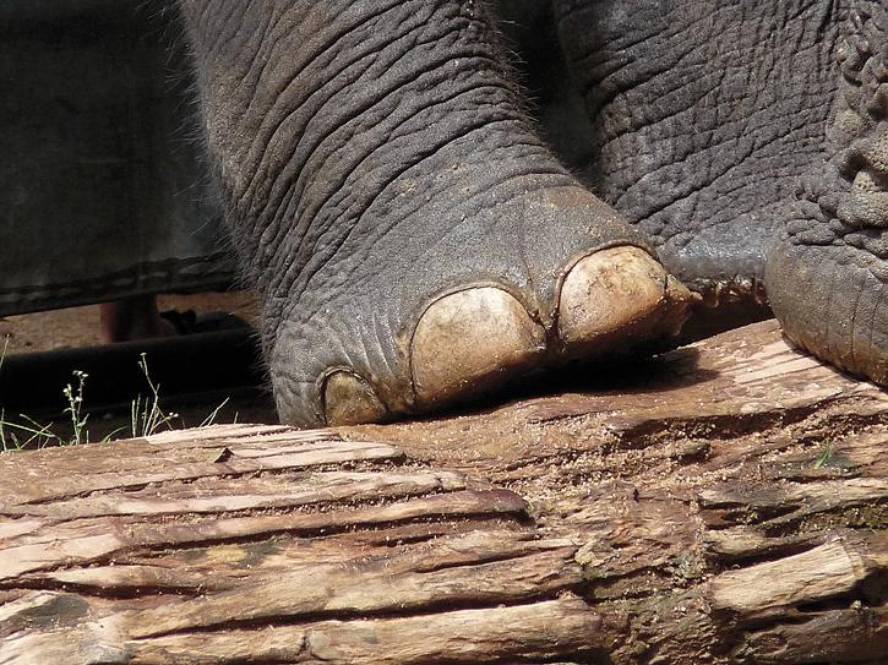Sixth finger elephants
300 years ago it was described that elephants have six toes, but so far it has been considered that this sixth finger was a simple cartilage. However, the Royal Veterinary Institute of London has studied the sixth finger of the elephant and has published in the journal Science which is made up of real bones. Moreover, this structure also has joints between phalanges.
What is common in animals is that the arms and legs have five-finger structures, hands and feet, but there are many exceptions: some animals have lost their evolving fingers and others have formed new fingers. Elephant and rhino are examples of six-finger feet. This sixth finger --a structure in retrograde position - has been an advantage since for these large animals it is important to keep the body standing and stabilize it. In the case of the elephant, at least, experts say that this is a case similar to that of the panda thumb. When it comes to eating, pandas use a sixth finger to hold bamboo and evolutionists claim that this feature developed as meats stopped eating and had another type of food. In the case of elephants, the structure is not linked to food, but to the way of maintaining this large body.
The head of the team at the Royal London Veterinary Institute, John Hutchinson, has a large collection of frozen elephant feet, about 60 feet, as when an elephant dies in the zoos they send their feet to Hutchinson for autopsy. These samples have been tomographed, studied under an electronic microscope and other techniques have discovered how the sixth finger changes throughout the elephant's life. Although at first it is more cartilage, as the animal grows, the structure becomes bone. And the fact that the finger is bone helps the animal to hold the weight on the legs.






